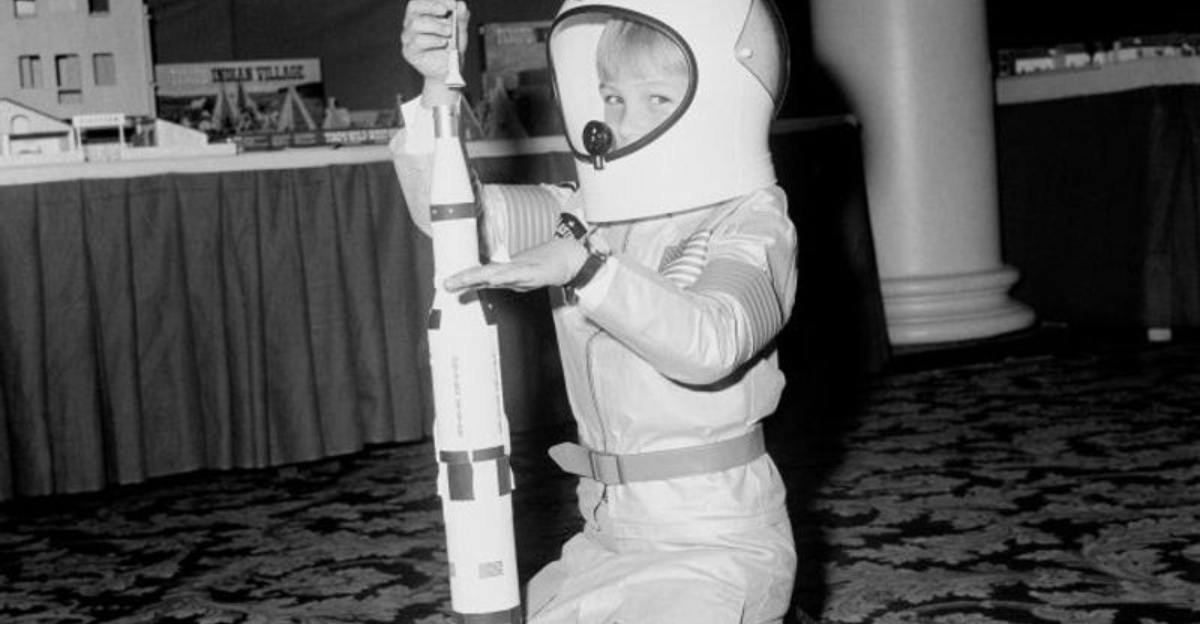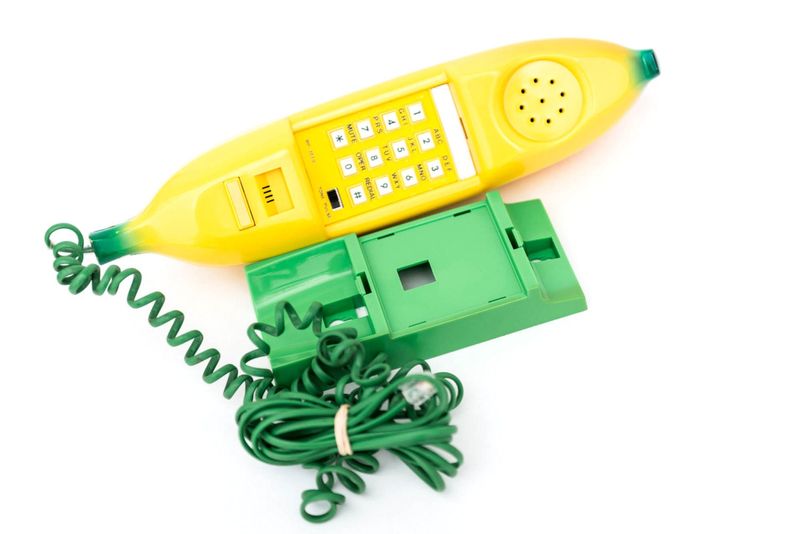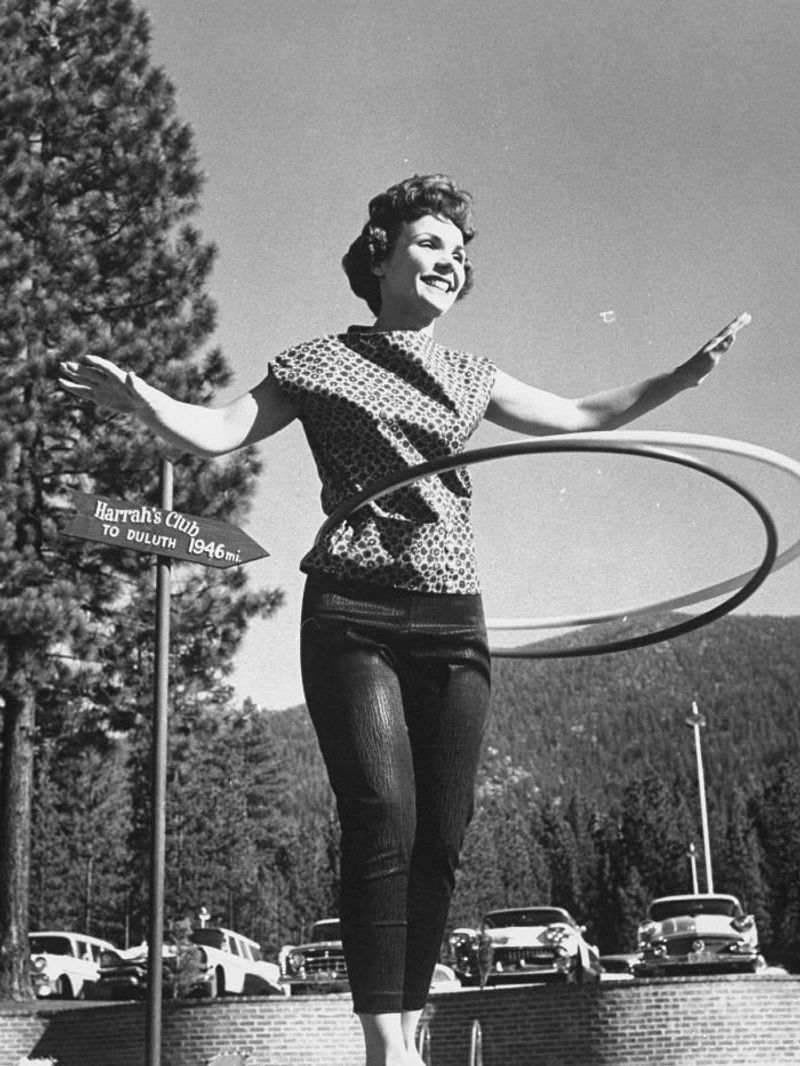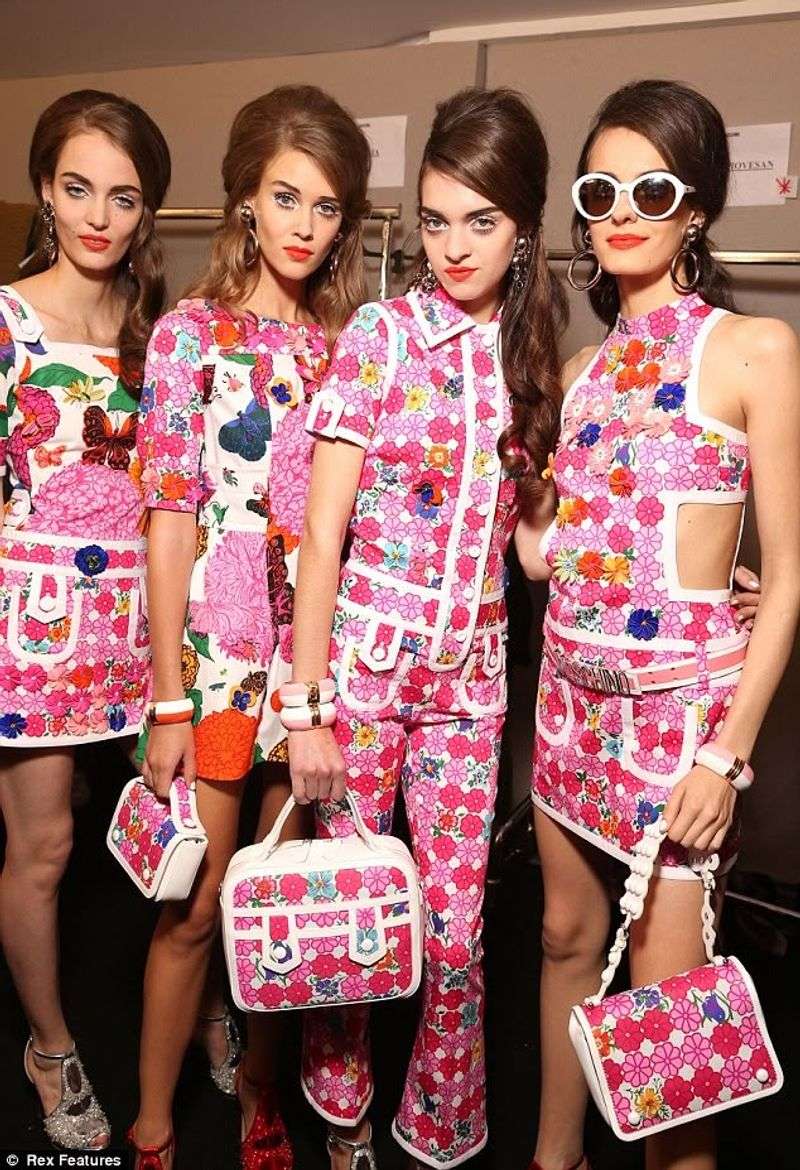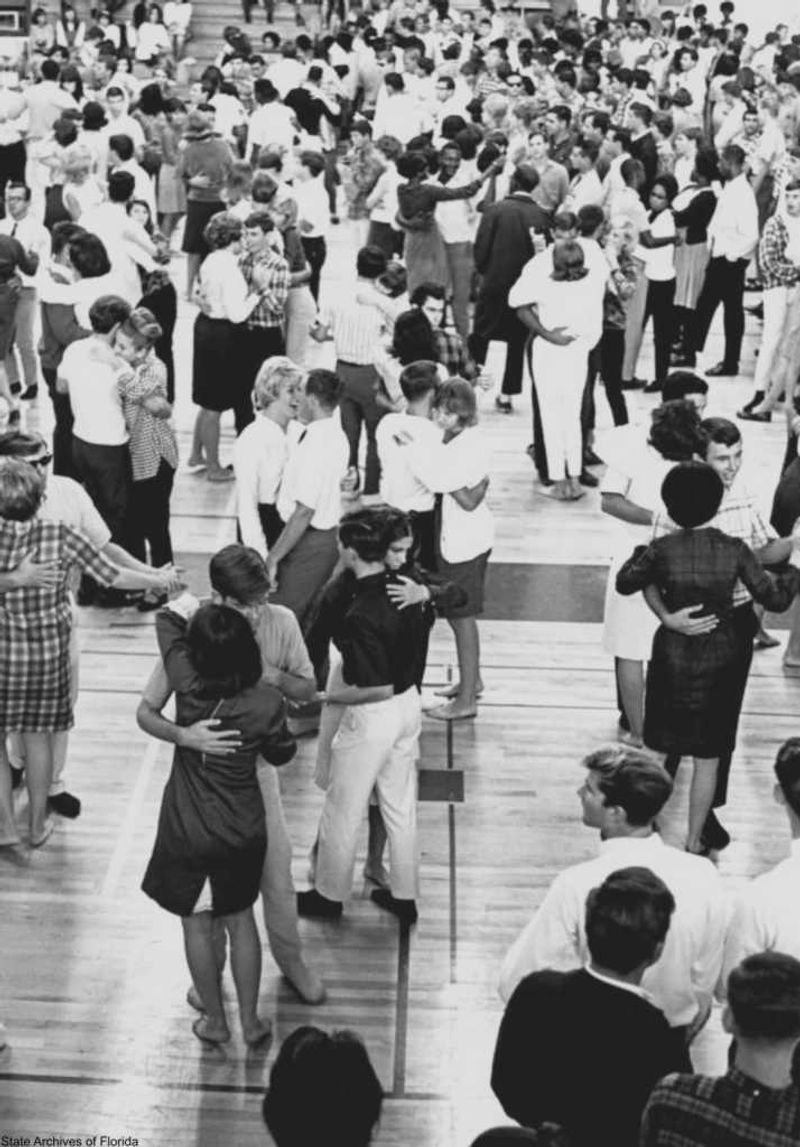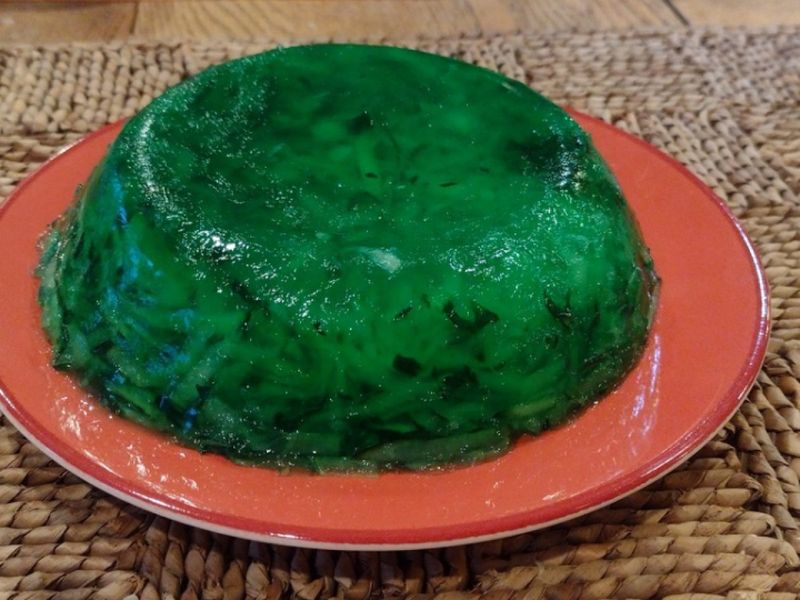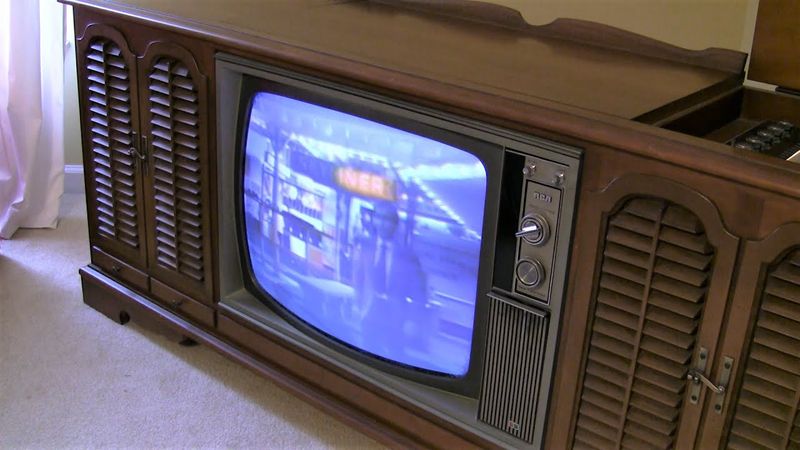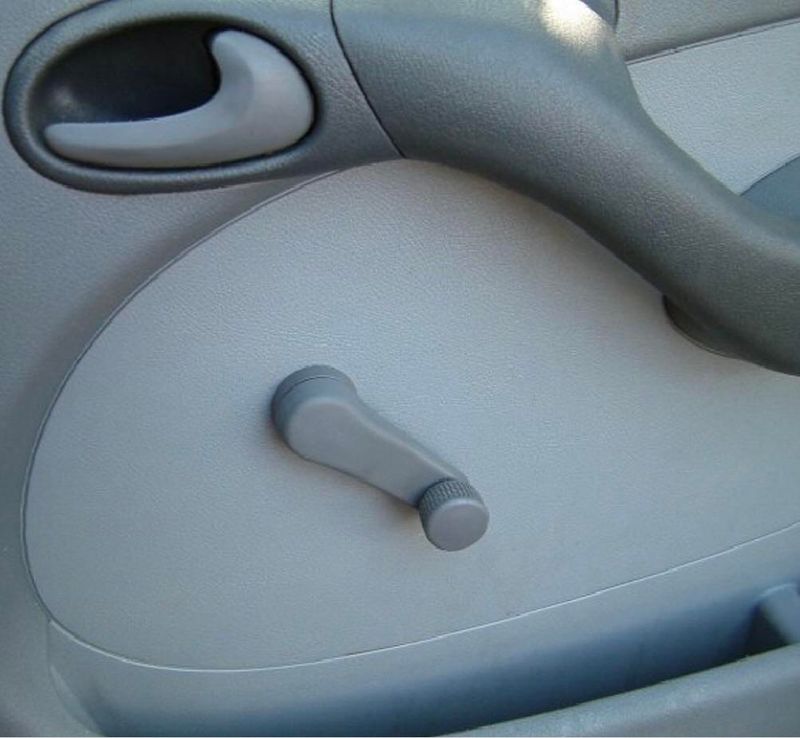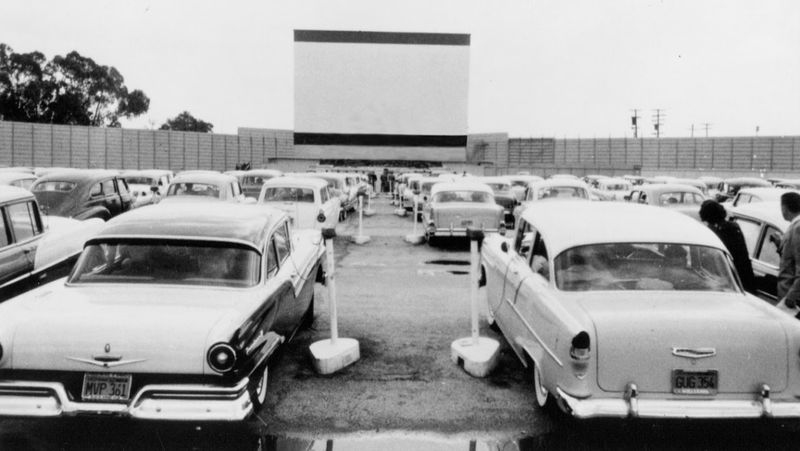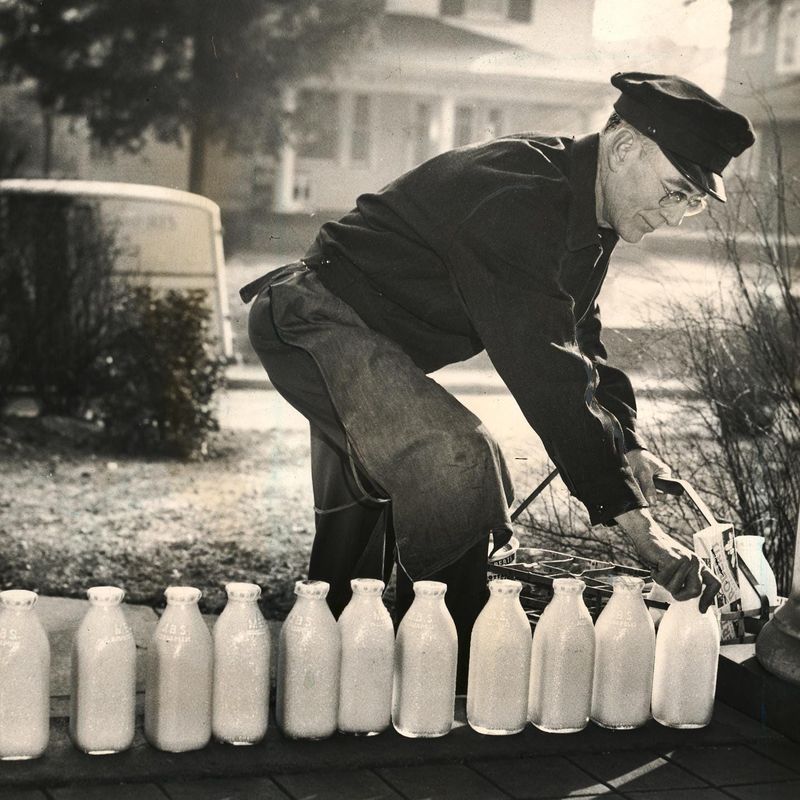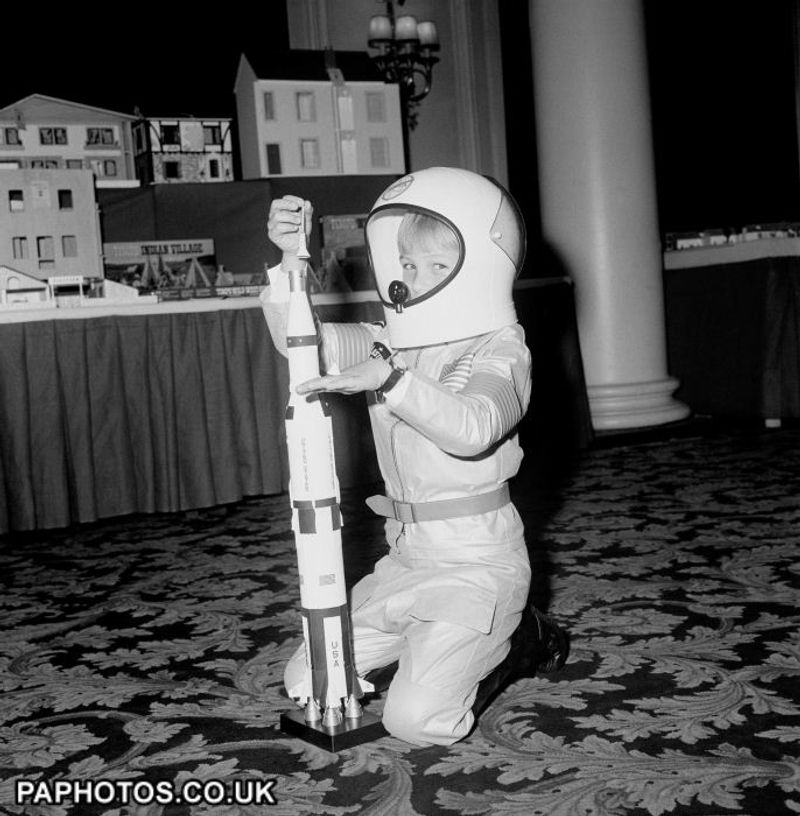The 1960s was a decade bursting with unique and flamboyant trends that left a lasting impression on pop culture. From the towering hairstyles to quirky household gadgets, these trends were as audacious as the times they emerged in. Let’s take a delightful and slightly incredulous look at fifteen of these wild and wonderful phenomena.
1. The Beehive Hairdo Battles
The iconic beehive hairdo wasn’t just a fashion statement; it was a towering monument that required dedication. Women spent hours teasing and spraying their hair into the perfect shape, only to find themselves struggling to fit in their car or inadvertently decorating tree branches.
This hairstyle was a testament to the era’s boldness, simultaneously celebrated and critiqued for its impracticality. With each inch of height, the beehive represented a woman’s fashion-forward thinking and her willingness to suffer for style.
Not to mention, it was an unintentional hazard in windy conditions!
2. Talking into Banana‑Shaped Phones
In the 1960s, phones were as much about form as function. Enter the banana-shaped phone, a delightful oddity that added a touch of whimsy to everyday conversations. With its bright yellow curves, it stood out against the mundane rotary phones, promising a fun, albeit slightly awkward, talking experience.
Dialing a number wasn’t just communication; it was an exercise in creativity and patience. Each call became a playful interaction, reflecting the era’s love for novelty and experimentation in design.
This playful gadget was a hallmark of the decade’s quirky charm.
3. TV Antennas (aka “Rabbit Ears”) Yoga
Before flat screens and digital signals, TV enthusiasts had to engage in a peculiar dance with rabbit ear antennas. Positioning them just right often required an odd combination of yoga poses and familial cooperation.
Imagine one person stretching like a ballerina while another nods approvingly as the picture clears up. This was an art form that every household member mastered, turning TV time into a group activity.
Though frustrating, it fostered a sense of teamwork and, strangely, became a fondly remembered ritual of the time.
4. Hula Hoops Gone Rogue
Hula hoops were more than toys; they were a cultural phenomenon. With a flick of their hips, kids and adults alike joined in the fun, spinning the hoops around in endless circles. It was all laughter and joy until a hoop went rogue, crashing into unsuspecting siblings or neighbors.
These colorful circles of plastic became a symbol of spontaneity and carefree play. They were a testament to the imagination and energy of the young and young-at-heart.
Though sometimes painful, the memories of hula hoop mishaps remain cherished.
5. Flower Power Fashion Fails
Flower power was not just a movement—it was a fashion statement. The era exploded with vibrant colors, tie-dye patterns, and exaggerated bell-bottoms that flared with every step. What seemed groovy then may appear bold or even bizarre today.
These outfits were not just about aesthetics; they were declarations of freedom and individuality. People embraced patterns that clashed and colors that popped, proudly walking the streets in defiance of conventional norms.
While the styles may have faded, the spirit of rebellion and creativity they embodied continues to inspire.
6. Sock Hops in School Gyms
School gyms transformed into dance floors as teenagers slipped off their shoes for sock hops. A mix of rock ‘n’ roll and youthful exuberance filled the air, as students twisted and twirled in their socks across the smooth gym floor.
While the slippery surface led to occasional wipeouts, the fun was irresistible. These events were more than dances; they were social gatherings that fostered camaraderie and joy.
The nostalgic charm of those sock hops remains a cherished memory, capturing the carefree spirit of the ’60s youth.
7. Everyone Wanted to Be Batman
The Batman TV series turned every child into a superhero. Armed with nothing but their imagination and a bath towel cape, kids across the country fought imaginary villains in backyards and playgrounds.
These after-school adventures were filled with “POW!” and “BAM!” sound effects, inspired by the dynamic comic book visuals. It was a time when anything seemed possible, and every child could be a hero.
Endearing and empowering, these playful antics highlight the innocence and creativity of childhood during the 1960s.
8. Jell‑O Mold Experiments
In the culinary world of the ’60s, Jell-O was a canvas for culinary creativity—and sometimes, chaos. Cooks experimented by adding everything from marshmallows to tuna, creating quirky concoctions that defied taste norms.
Though the combinations were often bizarre, they were served with pride at family gatherings and parties. The gelatinous molds were a symbol of the era’s zest for experimentation and culinary adventure.
These daring dishes might seem odd today, but they were a testament to the bold spirit of 1960s homemakers.
9. TVs That Took a Minute to “Warm Up”
Turning on a TV in the 1960s wasn’t a quick affair. Viewers twisted the knob and waited patiently for the screen to flicker to life, often accompanied by hopeful taps on the side.
This anticipation became part of the TV-watching experience, building excitement for the shows about to unfold. It was a time when patience was a given, and technology came with its own set of rituals.
Though now a relic of the past, the warm-up wait is remembered fondly by those who lived through it.
10. Manual Window Cranks in Cars
Rolling down the car window in the 1960s was a workout in itself. Manual cranks required effort and teamwork, especially when siblings squabbled over the perfect level of breeze.
These cranks were a staple of car design, adding a mechanical element to the driving experience. They taught patience, negotiation, and the occasional arm muscle workout.
While modern buttons offer convenience, there’s nostalgia for those simpler times when a smooth ride meant more than just ease.
11. Drive‑In Theater Shenanigans
Drive-in theaters were epicenters of entertainment, where sneaking siblings in the trunk was a common shenanigan. Families gathered under the stars, with car radios tuned into the movie’s audio.
The thrill of sneaking in extra viewers was part of the experience, accompanied by popcorn, laughter, and the occasional mosquito. It was a time when movies were communal events, and the drive-in was more than just a theater— it was an adventure.
Nostalgic and charming, this trend reflects a simpler, yet more social era.
12. Milk Delivered in Glass Bottles
The clink of glass bottles signaled the daily arrival of fresh milk, delivered right to the doorstep by the local milkman. It was a ritual that embodied community and simplicity.
Households returned the empty bottles for refilling, contributing to a cycle of reuse long before sustainability was a trend. This delivery system fostered relationships between neighbors and vendors, making milk more than just a morning staple.
Though phased out by modern conveniences, the memory of that daily clink carries the warmth of a bygone era.
13. Space Race Daydreams
The Space Race captured imaginations, turning ordinary kids into aspiring astronauts. Classrooms buzzed with talk of rockets and moon landings, inspiring dreams fueled by Tang and freeze-dried ice cream.
Though the reality of space travel was complex, the excitement was infectious. Children crafted cardboard helmets and imagined exploring new worlds, propelled by the era’s optimism and ambition.
While only a few reached the stars, the daydreams of the ’60s left a lasting imprint, igniting a passion for exploration that endures today.
14. Plastic-Covered Furniture
In an effort to preserve new furniture, many households encased their sofas in plastic covers. This trend ensured longevity but also resulted in a summer seating experience akin to a slip-and-slide.
While practical, the covers detracted from comfort and aesthetics, creating a juxtaposition between preservation and usability. Guests often found themselves gingerly sitting to avoid the inevitable squeak.
Though humorous in hindsight, the trend reveals the era’s focus on maintaining appearances and the lengths people would go to protect their investments.
15. Kids Actually Played Outside—All Day
Before digital distractions, children ruled the outdoors. From sunrise to sunset, neighborhoods buzzed with the sounds of kids riding bikes, playing tag, and scraping knees.
Parents called them home with booming voices, echoing through the streets like a town crier. This freedom fostered independence and creativity, with friendships forged through shared adventures.
The tradition of all-day outdoor play may have waned, but its impact on those who lived it remains profound, a testament to the simple joys of the ’60s.
